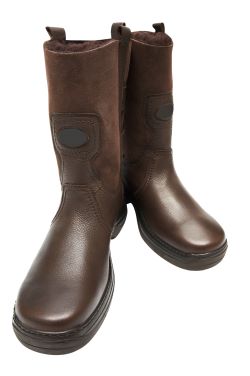A fellow writer sent her manuscript for me to critique. I’d published over a dozen stories for a particular outlet, and she wanted to see if she could get her story published with the same publisher. So, of course, I agreed to look over her work.
The outlet that she hoped to write for had a reputation for publishing lots of short stories and was a perfect outlet for new writers attempting their first break.
But, the outlet required that the writer follow certain rules. In this case, the stories must be: 1) true; 2) told in first person; 3) limited to 1,200 words; 4) follow one incident or thought in a complete short story; 5) be upbeat.

Other than the last two rules, the instructions clearly laid out the other three requirements. Yet, the story my friend gave me was a compilation of memories, 2,000 words long, and meandered from first to third person throughout the telling.
While the last points are not laid out in the rules, a few minutes spent reading the published stories reveals a clear pattern to the kinds of stories this publisher accepts.
When I pointed this out to my friend, she said, “But, the story was so wonderful, I thought they’d make an exception.”
The answer is: no—they won’t.
Most publishers have hundreds of stories to choose from for each available slot. Why would they pick something that doesn’t meet the minimum requirements when 99 other good stories lined up behind it will?
The easiest way for a publisher to reject a writer’s work is to not follow the rules…to not listen to what is being requested.
Imagine that you went shopping for brown boots. It’s winter, it’s snowy, and you need strong, rugged boots to handle the elements. But, the store manager wants to sell you some lovely pink stilettos. In fact, those heels may be utterly gorgeous, but, if you need boots for the snow, you simply have no need for pink stilettos—no matter how beautiful they are.

So, too, with “wonderful stories.” Regardless how wonderful your story is, if it is not what the publisher is looking for, it will be discarded just as quickly as those pink stilettos.
When pitching a story to a publisher accepting freelance pitches, then, pitch your pink stilettos. But, if a publisher has asked for brown boots then read their rules (both written and implied) and give them exactly what they seek.
1. Read the rules. Make yourself a checklist of outlined rules (for example word count, POV, specific topic, keywords, etc.)
2. Read what they publish. Study back issues. Note the tone; slant; focus.
3. Edit. Professional writers make sure that grammar and punctuation are top-notch before mailing.
4. Identify how to submit. Don’t send snail mail if they only accept email. Don’t send via a link if they request submissions in the body of the email. Be sure to send everything they request—bios, headshots, etc.
5. Honor deadlines. Submitting after a deadline is a guarantee of rejection, assuming they take the time to bother. Save yourself looking bad and meet the deadline or wait until next time.
Sometimes new writers really want to “shine” in their pink stilettos. But, there is real satisfaction when you provide trusty “brown boots” and see the results of your efforts rewarded by a publisher’s acceptance.
Bio: Award-winning author Susan Traugh writes curriculum for teens with special needs in order to earn a living, but she feeds her passion by freelancing and writing short stories and novels. Find her at www.susantraugh.com or see her weekly blog on helping teens transition into adulthood at www.transition2lifedailylivingskills.com/blog.
3953291 © Igor Terekhov | Dreamstime.com
Leave a Reply